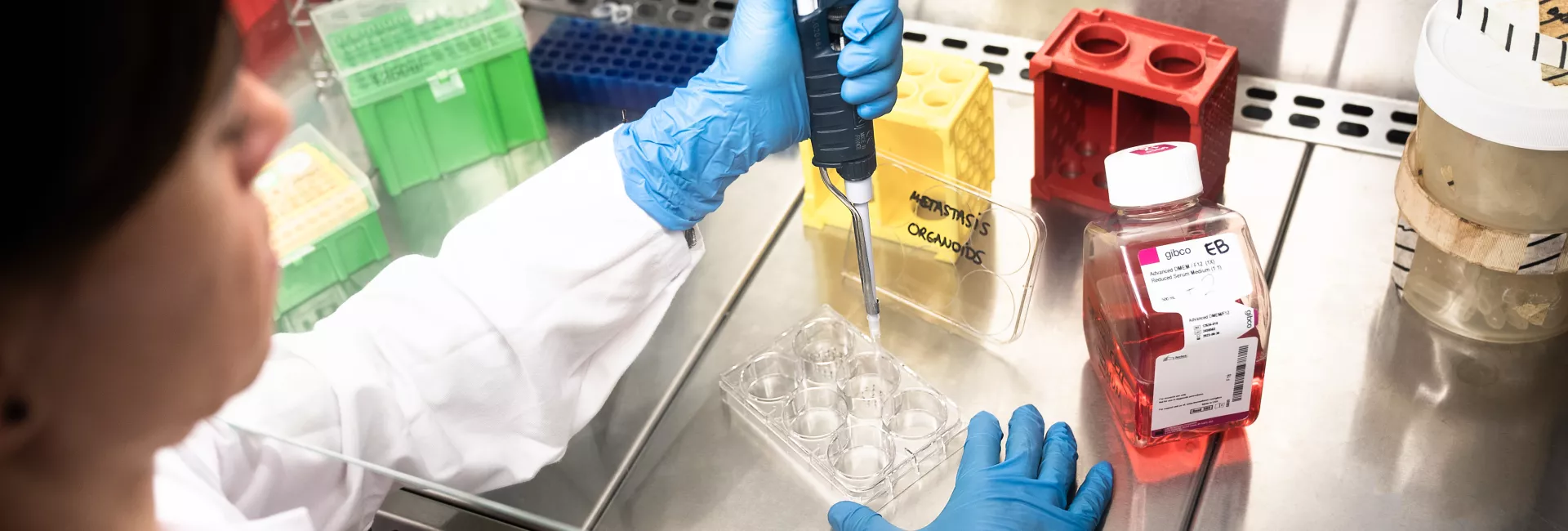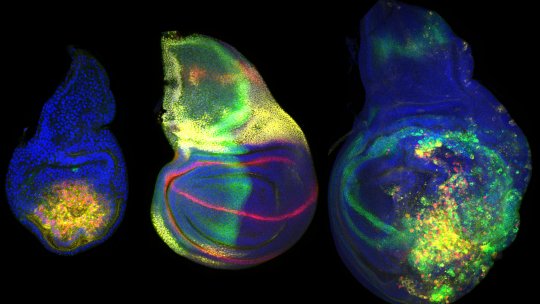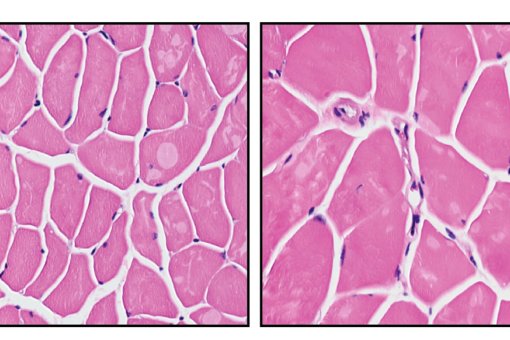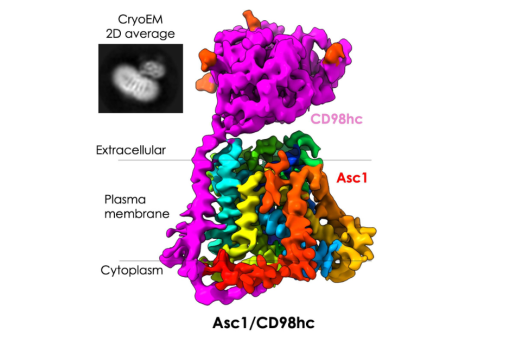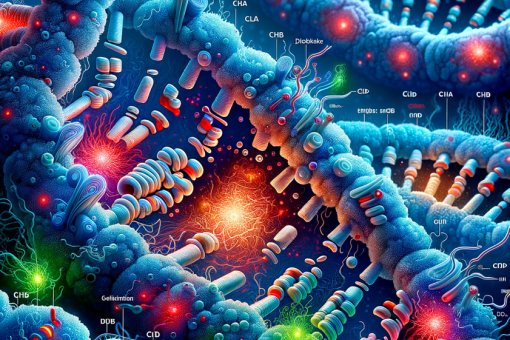Images
Participants

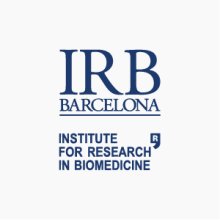


Contact

- Scientists at IRB Barcelona, led by Dr. Marco Milan, have discovered a highly robust mechanism that is used by insects in the development and regeneration of their wings.
- The researchers have also established the relationship between the wingless gene, tissue regeneration and tumour formation.
- Their work has been published in the scientific journal Nature Communications.
The first mutation of the wingless gene was found by accident in Drosophila in the 1970s, following the observation of flies that did not possess wings, hence its name. Fifteen years after its discovery, the gene was found to be conserved in mammals, an event that gave rise to foundation of the wnt gene family. Mutations in wnt genes lead to various types of cancer.
The wnt gene family, including its founding member, the wingless gene, regulates several processes during the embryonic development of both insects and mammals. However, if this is true, then why did the first mutation of the wingless gene discovered only affect the wings of Drosophila flies? This was the question put forward by the IRB Barcelona Development and Growth Control lab.
Using gene editing techniques, such as CRISPR/Cas9, the researchers discovered an evolutionarily-conserved genomic region that regulates the expression of the Wingless protein only during the formation of the wing. Using functional assays, the scientists discovered that this regulatory region not only acts to exclusively promote wing formation but it also regenerates the wings when damaged.
Ensuring wing formation in different ways
The researchers showed that this regulatory region is exclusively involved in the regulation of Wingless expression during the formation of the wing. Their functional assays also discovered the presence of two highly redundant modules in this regulatory region that are activated by independent signalling pathways.
"What we have discovered in this study is a highly robust genetic regulation mechanism that ensures proper wing development, and this mechanism is consistent with the crucial importance that these structures have for insects in general", stated Dr. Marco Milan, ICREA researcher and the Head of the Development and Growth Control Laboratory, who led this study. "Wing development was an enormous evolutionary advantage for insects and it is what permitted their expansion and diversification," Dr. Milán added.
Regeneration and tumours
When organ damage occurs, the injured cells send signals to their surrounding cells so that these then divide in order to restore the organ. The authors of this investigation have shown that Wingless is also the molecule responsible for signalling healthy cells to divide and regenerate tissue, and that the regulatory region involved in wing formation is also activated in situations of damage in order to induce the expression of Wingless.
The research team demonstrated in functional assays that the JNK stress signalling pathway acts in a redundant manner on the two existing modules. "Once again, a very robust genetic regulatory mechanism ensures not only the correct development of the wing but also its ability to regenerate", stated Elena Gracia-Latorre and Lidia Pérez, the initial research authors.
As a final note, the researchers performed experiments in which they blocked the damaged-cell removal process, to find that the Wingless regulatory zone remained continually activated. Due to the constant presence of Wingless, the cells proliferated uncontrollably, and this eventually gave rise to the formation of tumorous and malignant growths. "This allows us to propose that regeneration and tumour development are two sides of the same coin: if Wingless is induced for a short period of time, it forms the wing normally or allows it to regenerate, but if it is maintained chronically, then it causes overgrowth and a tumour”, concludes Dr. Milan.
Reference Article:
A single WNT enhancer drives specification and regeneration of the Drosophila wing
Elena Gracia-Latorre, Lidia Pérez, Mariana Muzzopappa and Marco Milán
Nature Communicatios DOI: 10.1038/s41467-022-32400-2
About IRB Barcelona
The Institute for Research in Biomedicine (IRB Barcelona) pursues a society free of disease. To this end, it conducts multidisciplinary research of excellence to cure cancer and other diseases linked to ageing. It establishes technology transfer agreements with the pharmaceutical industry and major hospitals to bring research results closer to society, and organises a range of science outreach activities to engage the public in an open dialogue. IRB Barcelona is an international centre that hosts 400 researchers and more than 30 nationalities. Recognised as a Severo Ochoa Centre of Excellence since 2011, IRB Barcelona is a CERCA centre and member of the Barcelona Institute of Science and Technology (BIST).
